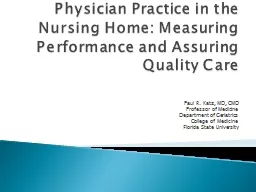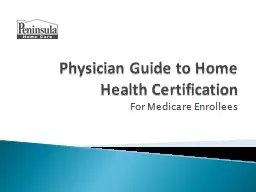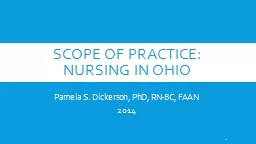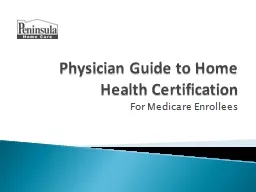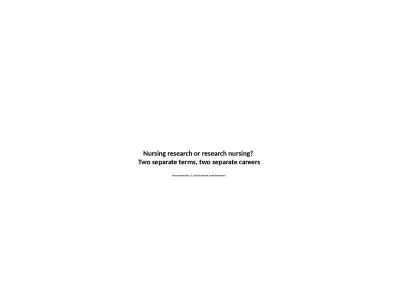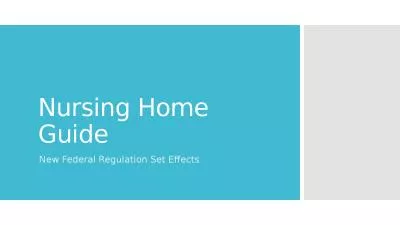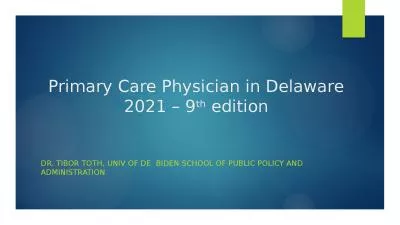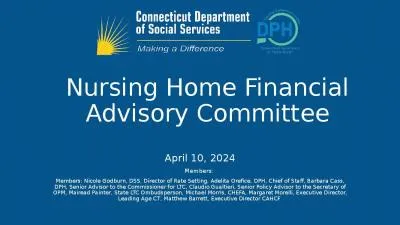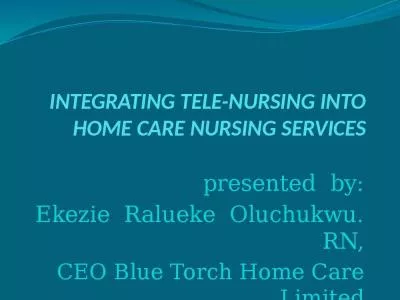PPT-Physician Practice in the Nursing Home: Measuring Performance and Assuring Quality Care
Author : olivia-moreira | Published Date : 2019-11-21
Physician Practice in the Nursing Home Measuring Performance and Assuring Quality Care Paul R Katz MD CMD Professor of Medicine Department of Geriatrics College
Presentation Embed Code
Download Presentation
Download Presentation The PPT/PDF document "Physician Practice in the Nursing Home: ..." is the property of its rightful owner. Permission is granted to download and print the materials on this website for personal, non-commercial use only, and to display it on your personal computer provided you do not modify the materials and that you retain all copyright notices contained in the materials. By downloading content from our website, you accept the terms of this agreement.
Physician Practice in the Nursing Home: Measuring Performance and Assuring Quality Care: Transcript
Download Rules Of Document
"Physician Practice in the Nursing Home: Measuring Performance and Assuring Quality Care"The content belongs to its owner. You may download and print it for personal use, without modification, and keep all copyright notices. By downloading, you agree to these terms.
Related Documents

